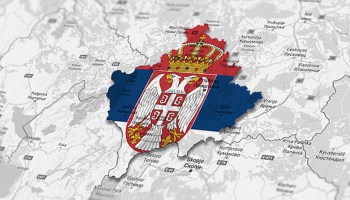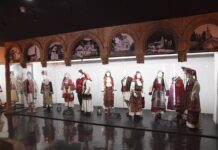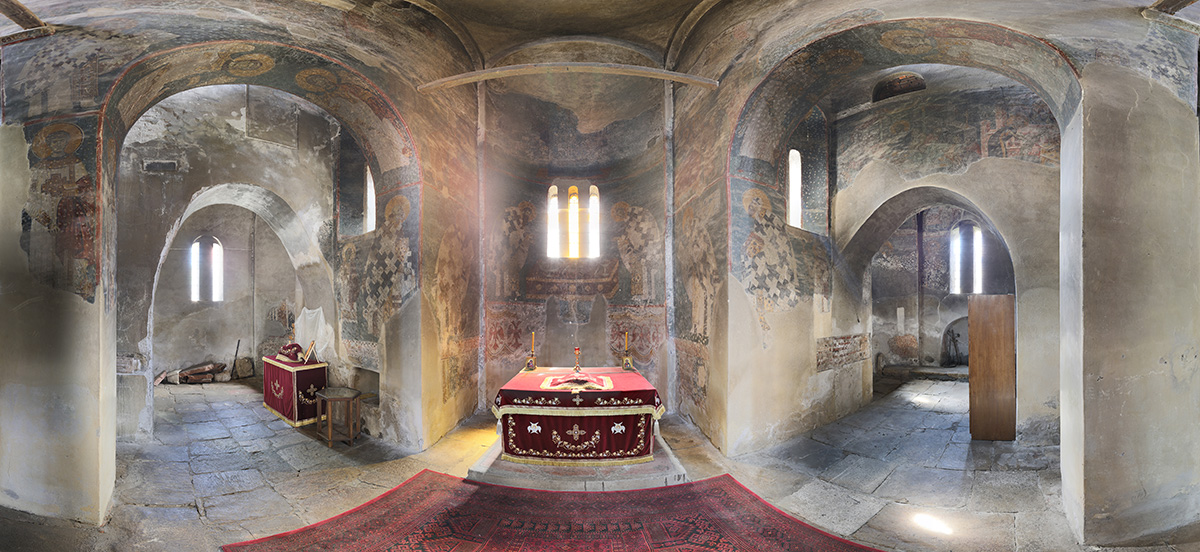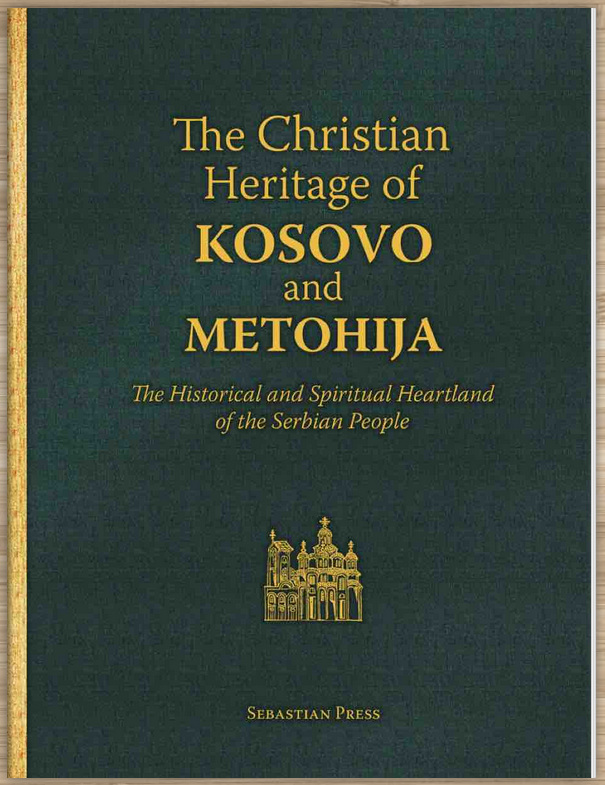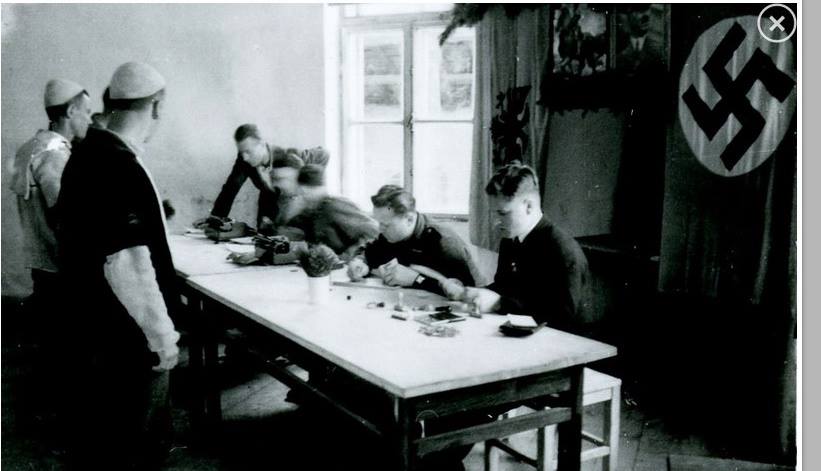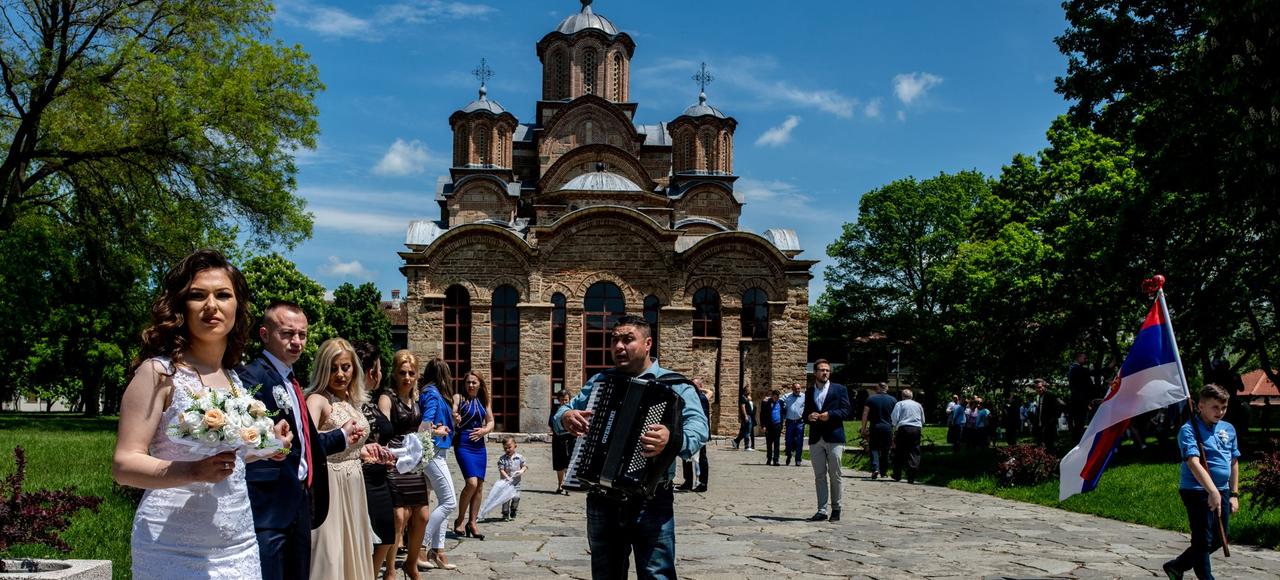Basic Western misconceptions on the Kosovo issue and their corrections
5. Shqipetars are an autochthonous population at KosMet
Wrong. In the Middle Ages, KosMet was the central part of Serbian state, culture, and civilization. Shqipetars were a tiny minority (about 2%, according to the Ottoman census in 1455), nomadic herdsmen mostly. They came to KosMet from North and Central Albania mainly after the First Great Serb Migration in 1690 from KosMet to Vojvodina (at that time part of the Habsburg Empire), after an abortive uprising against the Ottoman rule in 1689. When KosMet was liberated from Ottoman rule in 1912, by Serbia, Serbs and Shqipetars shared equally the overall population there (50% versus 50%). All original toponyms (place names) at KosMet were and are Slavonic-Serb, except for a very few of them (contrary to the case in Central and South Albania). The Albanians even do not have their own name for Kosovo that is coming from their own language and, therefore, they are using a modified Serbian origin (Kosova or Kosovë). The word Kos (as the foundation of the toponym) does not exist in the Albanian language. However, since 1999, many original toponyms in KosMet are deliberately Albanized or renamed in order to lose a Serbian character.


